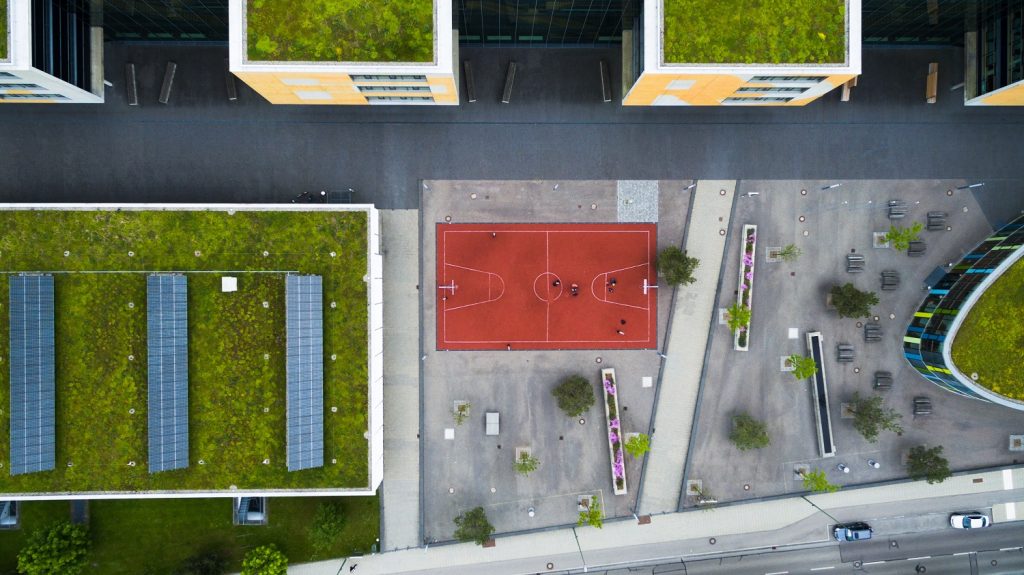

Solar generation is one of the key technologies in decarbonizing and decentralizing the energy system. While solar PV on single-family houses is a well-established and integrated solution, there have been relatively few such installations on multi-unit apartment buildings so far. Also, with the rapid urbanization, cities – mostly with a high share of apartment buildings – are becoming the largest energy consumers globally. Hence, to address the energy-climate challenge innovative solutions have to be developed to make better use of distributed energy resources (DERs) in urban locations.
By comparing apartment buildings with single-family houses, multiple differences can be identified: Firstly, a higher number of consumers (owners/tenants) are involved; secondly, consumers have to agree on an energy allocation method, because they share a common energy resource (e.g., solar PV, possibly combined with energy storage). Thirdly, individual consumer objectives have to be taken into account with the possibility of conflicting objectives between different parties. Finally, interactions with the surrounding system (local power grid, utility, electricity market) must be considered.
Click here to download the article “Sharing distributed energy resources in apartment buildings: the winner takes it all?”
Contributors:
Andreas Fleischhacker, Ph.D Candidate, MIT, TU Wien
Audun Botterud, Principal Research Scientist, MIT
Hans Auer Professor, TU Wien
Georg Lettner, Senior Researcher, TU Wien
Photo credits: Julian Wildner
12 March 2018